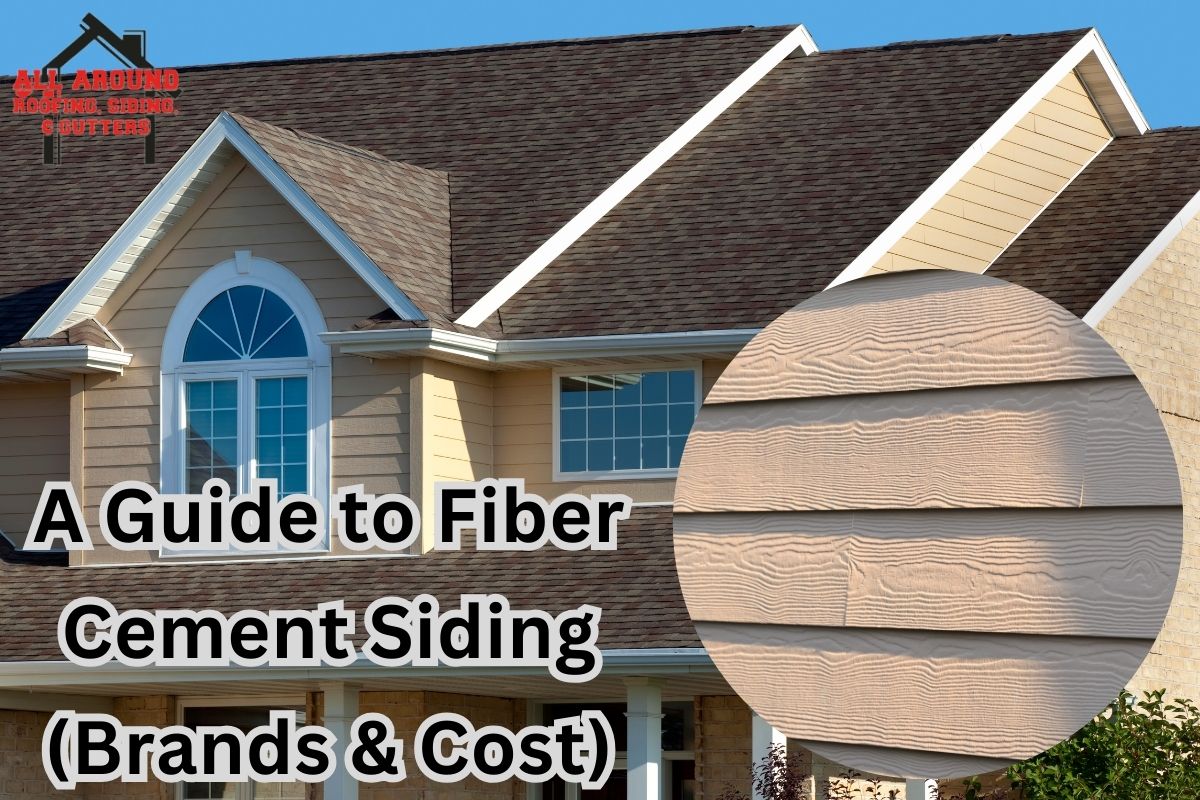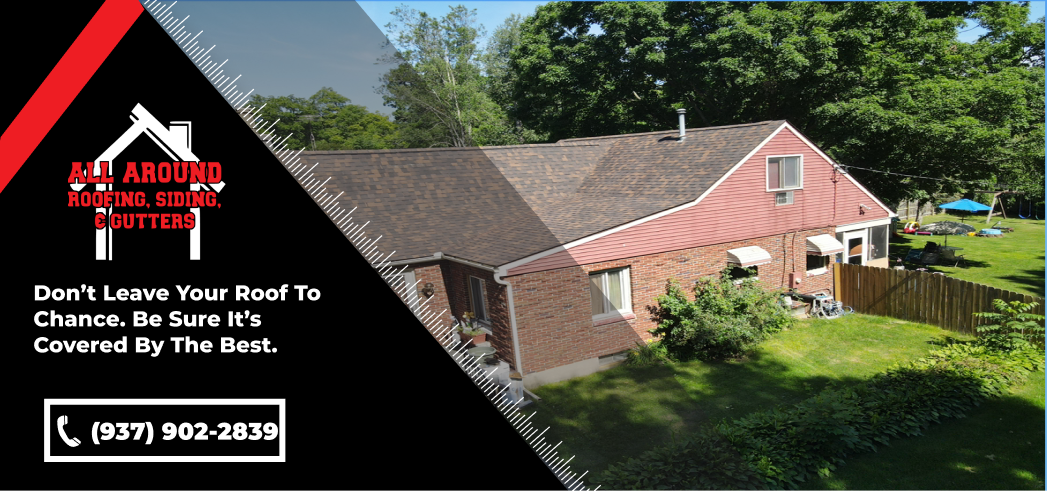Selecting the ideal siding for your home is an important choice. It affects the appearance of your property and is a shield against the elements. In recent years, fiber cement siding has seen a rise in popularity because of its adaptability, durability, and low maintenance needs.
In this blog post, we will delve into the world of fiber cement siding, looking at various products on the market and how much they cost.
What Is Fiber Cement Siding?
Fiber cement is a durable building material created by combining cement and cellulose fibers. Its durability and strength make it a popular choice for covering the exterior of buildings, including homes and businesses. It’s a great option because it resists rot, doesn’t easily catch fire, and isn’t bug-friendly.
In addition, it comes in a variety of styles and requires little maintenance. Its ability to maintain its original look in inclement weather is one of its main draws. In general, it’s a good choice for buildings that need to last and look good.
Also Read: Top 7 House Siding Picked By Contractors For 2024
What Are The Different Fiber Cement Siding Brands?
1. James Hardie
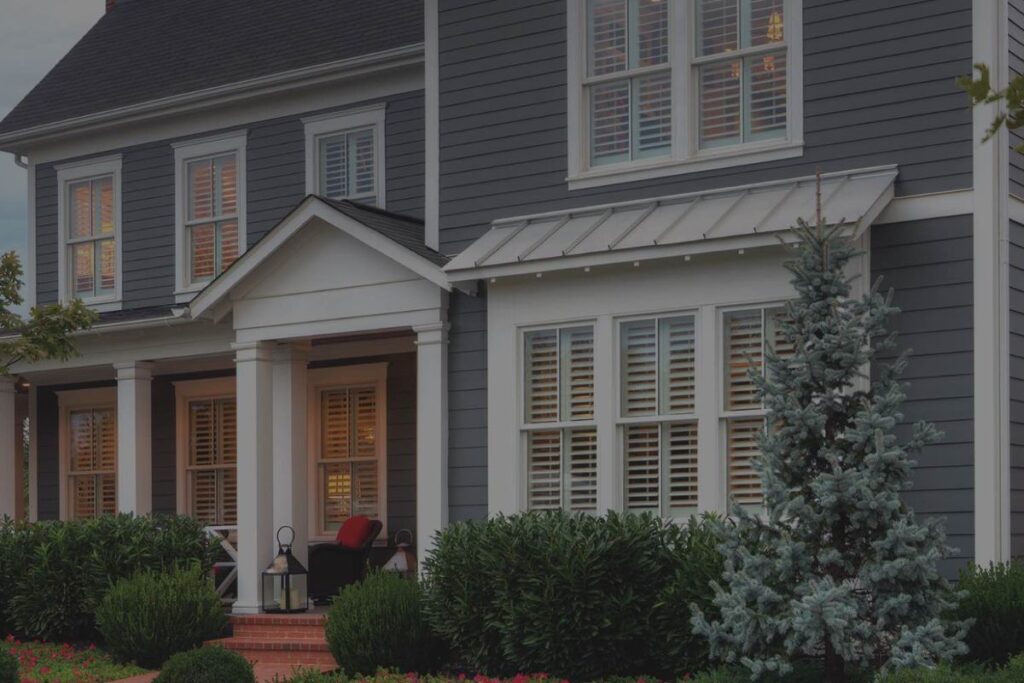
James Hardie’s fiber cement siding is a robust and adaptable building material, offering numerous advantages over traditional options like vinyl and wood. Made of cement reinforced with cellulose fibers, it’s exceptionally strong and resilient. This siding is highly durable and low maintenance, resistant to water, pests, and fire. With ColorPlus® technology for a lasting finish, James Hardie’s fiber cement siding ensures both performance and aesthetic appeal. It’s a top choice for long-lasting, attractive exteriors in residential and commercial projects.
2. Allura USA
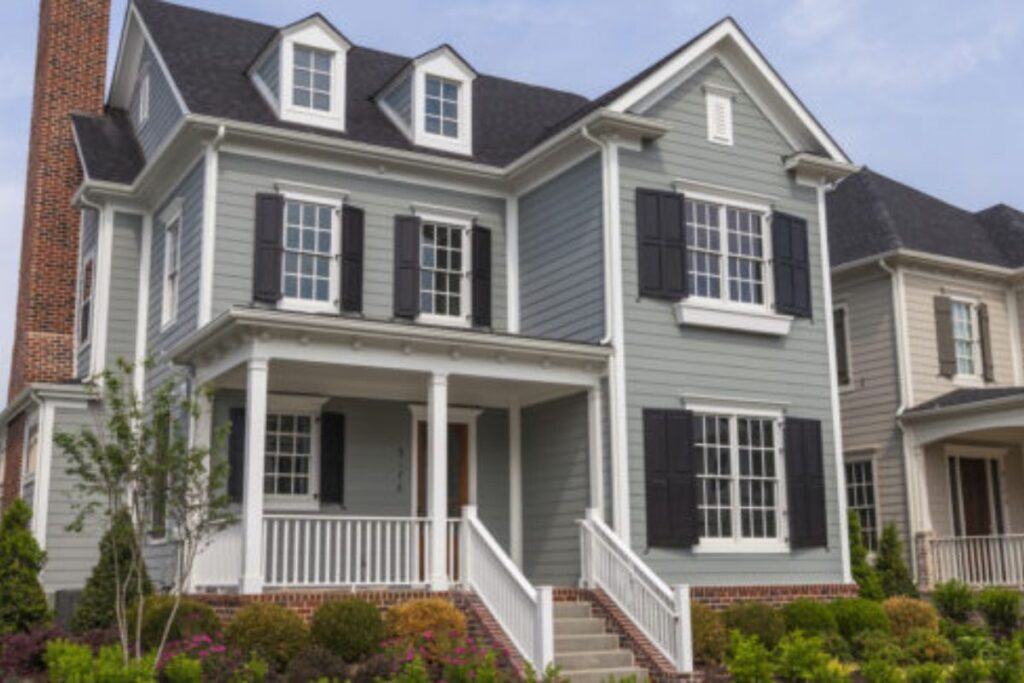
Allura USA specializes in manufacturing fiber cement products suitable for various climates and styles, offering fire, moisture, and weather-resistant options ideal for homes. Their range includes lap siding, panel siding, shakes, and soffits, all designed for durability and longevity, backed by a 30-year warranty. Their fiber cement siding mimics the natural appearance of wood without its drawbacks, offering versatility in finishes and styles to match any architectural preference. Tested to meet industry standards and featuring a Class A Fire rating, Allura’s products provide reliable protection and aesthetic appeal for residential exteriors.
3. GAF
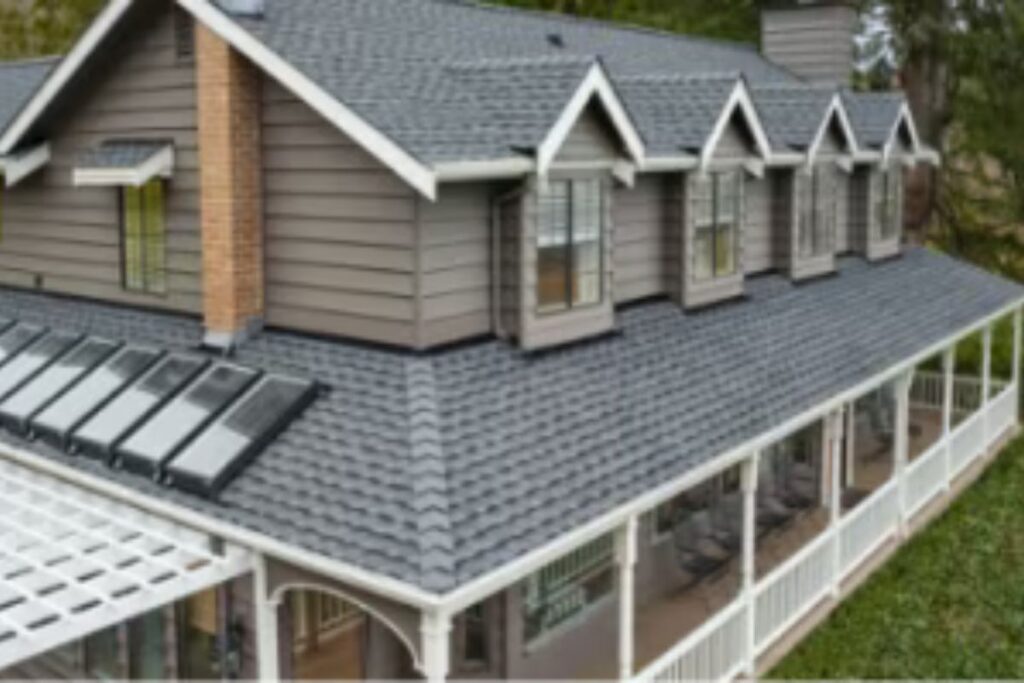
GAF’s fiber cement siding products provide a durable and versatile siding solution, catering to various project needs with a wide range of options and accessories. This high-quality material is renowned for its toughness, weather and fire resistance, and wood-like appearance. GAF’s siding offers moisture and insect resistance and lends homes a modern aesthetic.
Homeowners can elevate their homes’ value with GAF’s fiber cement options, which boast numerous styles like shakes, shingles, and panels, each offering unique textures and widths. The WeatherSide™ fiber cement siding line further expands choices with vertical and horizontal orientations, featuring an extra thick wood grain finish and wavy patterns.
Styles of Fiber Cement Siding
- Horizontal Lap Siding: This style of siding has flat boards that overlap in a horizontal direction, giving homes a timeless appearance that complements a variety of architectural designs.
- Vertical Siding: Featuring panels that span from top to bottom, vertical siding gives buildings a sleek, contemporary appearance. It can add a touch of elegant style to a structure’s overall appearance by making it appear taller.
- Shingle-Style Siding: This siding option gives homes a warm, rustic feel and has the appearance of classic cedar shingles. It’s ideal for people who enjoy traditional architectural features and want a cozy, welcoming setting.
- Panel Siding: Smooth finishes or wood textures are two options for these large panels, which provide a sleek, contemporary look. Improving the overall appearance of buildings, they are an excellent option for homeowners seeking a sleek design.
What Are The Factors That Influence The Overall Cost Of Fiber Cement Siding?
1. Square Footage of the Project
An important consideration when estimating the total cost of installing fiber cement siding is the project’s square footage. More materials will be needed to cover a larger area, which will increase the cost of the project. Larger projects will also cost more because contractors usually charge per square foot. To determine the approximate amount of siding material required and the potential total cost, it is crucial to precisely measure the square footage of your home.
2. Added Customizations
Fiber cement siding prices can be greatly influenced by customizations like elaborate patterns, particular colors, or distinctive styles. Special materials or extra labor are frequently needed for these customized features, which raises the project’s overall cost. Should homeowners wish to add customizations to their siding, they should be ready for possible price increases.
3. Home Size and Layout
The size and design of your house have a big impact on how much fiber cement siding costs. Naturally, larger homes will require more labor and materials, which will raise the cost. The time and effort needed to install siding correctly may also be higher for multi-story houses or homes with intricate architectural details, raising the final cost.
4. Location
The cost of fiber cement siding may also be impacted by the location of your house. Regional variables including supply and demand, building codes in the area, and even the cost of transportation can affect labor and material prices. When planning a budget for a siding project, it’s critical to take your home’s location into account.
5. Style of Fiber Cement Siding Chosen
Costs for fiber cement siding vary depending on the styles and profiles chosen. Due to its material requirements and the complexity of installation, vertical siding, for instance, is usually more expensive than horizontal options. It is imperative to take into account the style of fiber cement siding you select when planning a siding replacement, as it will have a direct impact on the project’s overall cost.
Cost of Fiber Cement Siding
For homeowners, fiber cement siding installation usually costs between $4.50 and $8.50 per square foot. This translates to a total cost that, depending on factors like the siding style chosen and the difficulty of the installation, can range from approximately $7,500 to $21,000 for a typical 1,500-square foot home. It’s important to keep in mind that these are only estimates, and that actual costs may vary based on the demands and specifics of each project.
Here is a cost comparison of different styles of fiber cement siding:
| Siding Style | Cost per Square Foot |
| Clapboard Siding | $2 – $5 |
| Shingle-Style Siding | $2 – $9 |
| Panel Siding | $5 – $13 |
How To Install Fiber Cement Siding
Installing fiber cement siding can enhance your home’s exterior durability and appearance. Here’s a general overview of the process:
1. Materials and Preparation
- Materials: Gather the fiber cement siding, starter strips, trim, siding nail gun, circular saw with fiber cement blade, vinyl mounting blocks, paint, and caulk.
- Preparation: Install starter strips at the bottom of the wall to protect against water infiltration.
2. Nailing Basics
- Fiber cement siding needs pre-drilled holes if you are hand nailing due to its toughness. Consider using a pneumatic coil siding nail gun for efficiency.
3. Cutting Fiber Cement
- Use a circular saw with a fiber cement blade for cutting the siding. A chop saw with a compatible blade can also be used.
4. Spacing
- Ensure proper spacing between the siding and other surfaces like the roof and gutters to prevent water damage. Follow manufacturer guidelines for specific instructions.
5. Mounting Blocks and Accessories
- Utilize vinyl mounting blocks for lights, receptacles, and vents for cost-effectiveness and easy installation. Maintain proper clearances to prevent damage to the siding.
6. Finishing Touches
- Prime or paint cut edges to protect them from the elements and caulk exposed surfaces against corner posts or trim boards. Choose paint and caulk that matches the trim and siding colors for a seamless finish.
Conclusion
For homeowners looking for a durable and attractive siding for their homes, fiber cement is a robust and low-maintenance option. You can improve the appearance and long-term value of your home by researching the various types of fiber cement siding, considering factors such as local weather patterns, estimating installation costs, and determining installation methods. Fiber cement siding is a versatile, reasonably priced material that provides you with peace of mind and longevity, whether you’re building a new home or renovating an old one.
For assistance with roofing and siding projects, All Around Roofing, Siding & Gutters is an excellent choice. We take pride in ensuring that our clients are satisfied with our work. Speak with All Around Roofing, Siding & Gutters about fiber cement siding today if you want the exterior of your home to be both aesthetically pleasing and robust. Give us a call at (937) 902-2839.

